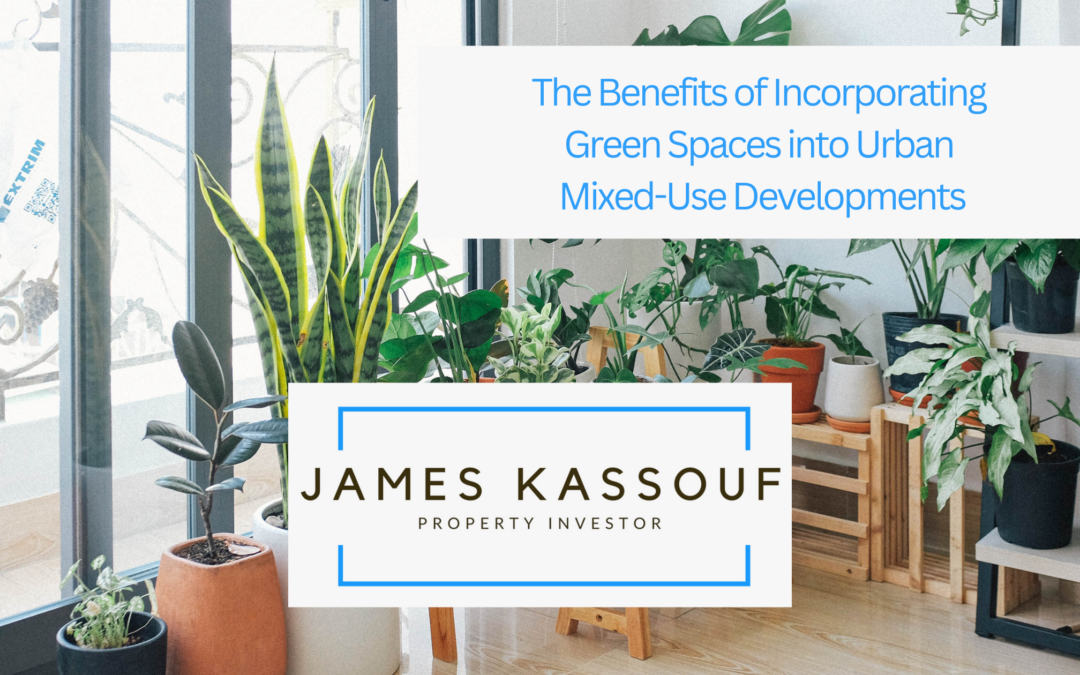In recent years, urban planning has increasingly recognized the importance of green spaces in mixed-use developments. As cities become more densely populated, integrating parks, gardens, and green roofs into these environments offers many benefits that enhance the quality of life for residents and visitors alike.
- Improved Mental Health
Access to green spaces has been linked to improved mental well-being. Studies show that exposure to nature can reduce stress, anxiety, and depression. In mixed-use developments, incorporating parks or green areas provides residents a natural retreat from the urban hustle, promoting relaxation and mental rejuvenation.
- Enhanced Community Interaction
Green spaces serve as communal hubs, fostering social interaction among residents. They provide a venue for community events, recreational activities, and informal gatherings. Having a place to meet and engage strengthens community bonds and creates a sense of belonging, which is vital in increasingly isolated urban environments.
- Environmental Benefits
Incorporating greenery into urban designs helps mitigate the urban heat island effect, where cities become significantly warmer than their rural counterparts due to human activities and infrastructure. Green spaces contribute to better air quality by filtering pollutants and producing oxygen. Additionally, they aid in stormwater management, reducing runoff and decreasing the risk of flooding, thus promoting sustainability in urban settings.
- Economic Value
Mixed-use developments with green spaces tend to attract more visitors and residents, boosting local economies. Properties near parks often see an increase in value, making them more desirable for potential buyers and renters. Furthermore, green areas can stimulate local businesses by drawing foot traffic, contributing to a thriving urban economy.
- Biodiversity Enhancement
Urban areas often suffer from habitat loss for wildlife. Planners can create habitats that support various species by incorporating green spaces into developments. This enriches local biodiversity and allows urban dwellers to connect with nature, fostering a greater appreciation for the environment.
- Aesthetic Appeal
Green spaces significantly enhance the visual appeal of urban developments. Lush landscapes, vibrant gardens, and thoughtfully designed parks create inviting atmospheres that draw people in. This aesthetic value contributes to overall urban identity and pride, making cities more attractive to residents and tourists.
Integrating green spaces into urban mixed-use developments is not just a trend; it’s a vital component of creating livable, sustainable cities. By prioritizing these green areas, urban planners can foster healthier, more vibrant communities that benefit residents, the environment, and the economy. As we move forward, embracing nature in our urban landscapes is essential for a balanced and enriching urban experience.

